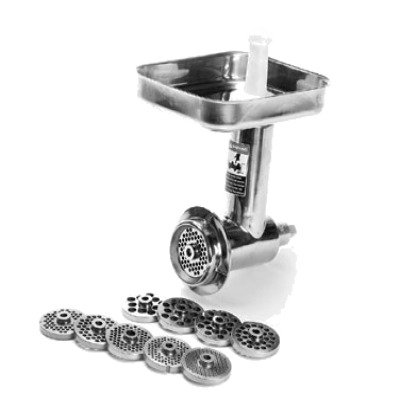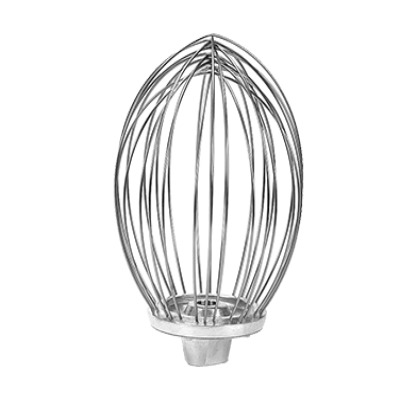The Role of Commercial Kitchen Ventilation Systems and Hoods
Today we will explore the vital role that commercial kitchen ventilation systems and hoods play in ensuring a safe and healthy environment in professional kitchens. A properly designed and maintained ventilation system is crucial for removing heat, smoke, odors, and airborne contaminants, thereby improving air quality and preventing potential hazards. Let's delve into the details!
The Importance of Ventilation Systems
Commercial kitchens are bustling environments where a wide variety of foods are cooked, grilled, fried, and baked daily. While this results in delicious meals, it also generates a significant amount of heat, smoke, steam, and airborne grease particles. Without an efficient ventilation system, these byproducts can accumulate and cause several issues.
Poor air quality: The buildup of smoke, steam, and airborne contaminants can make the kitchen uncomfortable for chefs and staff, leading to potential health issues.
Fire hazards: Grease-laden vapors are highly flammable, and without proper ventilation, they can accumulate and increase the risk of fire outbreaks.
Unpleasant odors: Cooking smells can quickly permeate the entire establishment, affecting the dining experience and potentially driving away customers.
Equipment damage: The excessive heat and moisture produced during cooking can damage kitchen appliances and infrastructure, leading to costly repairs and replacements.
The Role of Hoods in Ventilation Systems
A crucial component of commercial kitchen ventilation systems is the hood, which is strategically placed above cooking equipment. The hood's primary function is to capture and remove the airborne contaminants produced during the cooking process. Here are the key roles hoods play.
Containment: Hoods provide a physical barrier to confine and capture the smoke, heat, steam, and grease particles that rise from the cooking equipment.
Filtration: Through the use of filters, hoods trap and remove grease particles and other contaminants, preventing them from entering the ventilation system and causing blockages.
Extraction: Hoods are equipped with powerful fans that create airflow, effectively pulling the captured contaminants away from the cooking area and expelling them outside the building.
Fire suppression: Some hoods are designed with fire suppression systems that automatically activate in the event of a fire, helping to control and extinguish flames before they spread.
Components of a Ventilation System
Commercial kitchen ventilation systems consist of various components working together to ensure optimal air quality and safety.
Exhaust fans: These fans create negative pressure, drawing the contaminated air through the hood and into the ductwork.
Ductwork: The ducts transport the captured air to the outside of the building, carrying it away from the kitchen and releasing it into the atmosphere.
Make-up air unit: To maintain proper airflow, make-up air units introduce fresh air into the kitchen space, compensating for the air being exhausted.
Filters: Grease filters are essential for trapping and removing grease particles, preventing them from accumulating in the ventilation system and posing a fire risk.
Fire suppression systems: Integrated into hoods or exhaust systems, fire suppression systems help prevent and control fires in the kitchen.
Maintenance and Cleaning
To ensure the continued efficiency and safety of commercial kitchen ventilation systems and hoods, regular maintenance and cleaning are essential. Here are some key practices.
Filter cleaning and replacement: Grease filters should be cleaned regularly or replaced as recommended by the manufacturer.
Duct cleaning: Over time, grease and debris can accumulate in the ductwork, obstructing airflow. Professional duct cleaning should be performed periodically.
Hood cleaning: The interior and exterior surfaces of hoods should be cleaned thoroughly to remove grease buildup, preventing fire hazards.
Fan maintenance: The exhaust fans and their motors should be inspected, cleaned, and lubricated as necessary to ensure optimal performance.
Conclusion
Commercial kitchen ventilation systems and hoods play a critical role in maintaining a safe, comfortable, and healthy environment for both staff and customers. By effectively removing heat, smoke, odors, and airborne contaminants, these systems enhance air quality, reduce fire risks, and protect valuable equipment. Regular maintenance and cleaning are vital to ensure their continued efficiency.




















